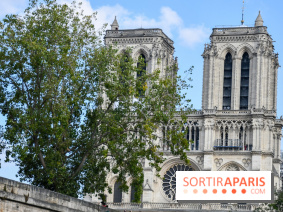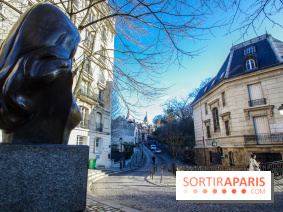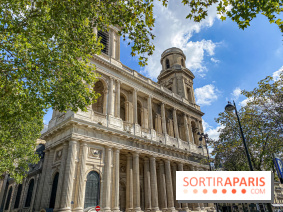On August 7 , 1919, a few weeks after the victory parade on the Champs-Elysées that marked the end of the First World War, an unprecedented and historic event took to the skies over Paris.
On the occasion of the July 14th military parade, the pilots of the French Air Force were ordered to march to the cheers of Parisians, but only on foot, like the infantrymen and artillerymen. For these airmen, heroes of the Great War, the affront was total. A group of grubby aviators gathered at Fouquet's to show their displeasure. As a sign of rebellion, it was decided that one of them would fly under theArc de Triomphe during the military parade.
The choice fell on Jean Navarre, one of the best pilots of the time, but he was killed during a training flight a few days before the fateful date. So it fell to Charles Godefroy to pull off this spectacular feat, considered impossible by many aviators at the time. " Anyone who tried to do it would be killed," even declared Roland Garros.
After studying the architecture of the Arc de Triomphe, its axes of passage and air currents, as well as severaltraining flights under a bridge in the South of France in the greatest secrecy, the young French aviator was ready. He requisitioned his journalist friend Jacques Mortane to film the event, which in the end did not take place during the official July 14th parade, but a few weeks later, on August 7, 1919 .
7:20 a.m., August 7, 1919. Despite a light fog, Charles Godefroy takes off from Villacoublay airfield in a biplane, the Nieuport 11, a mythical First World War model nicknamed Bébé for its small size. After circling theArc de Triomphe twice, the aviator set off. Forced to fly at low altitude - the arch of the Arc being only 29 meters high - he narrowly avoids a tramway in which the passengers, frightened by the sight of a plane hurtling towards them, drop to the ground in terror.
It's not an easy task: the Nieuport 11 has a wingspan of 9 metres and an opening of just 14.50 metres. Launched at nearly 150 km/h, Charles Godefroy made a spectacular pass under the Arc de Triomphe, becoming the first aviator to achieve this feat .
The very next day, Godefroy's feat hit the headlines, and the honor of the heroes of the air was avenged. Arrested shortly after his flight, the young pilot was soon released thanks to strong popular support, but his license was nevertheless withdrawn by the authorities. This spectacular passage through the skies of Paris was therefore his last flight.
"I wanted to point out to the French people how unfair aviation had been treated on the day of the Victory Day parade, by giving it only a tiny representation, drowned out by the parade of our glorious troops", he declared in the columns of Le Petit Parisien.
It was not until October 18, 1981, more than 60 years after his feat, that another aviator, fighter pilot Alain Marchand, also flew under the Arc de Triomphe.
Location
Arc De Triomphe
Place Charles-de-Gaulle
75008 Paris 8
Access
Charles de Gaule Etoile metro station















